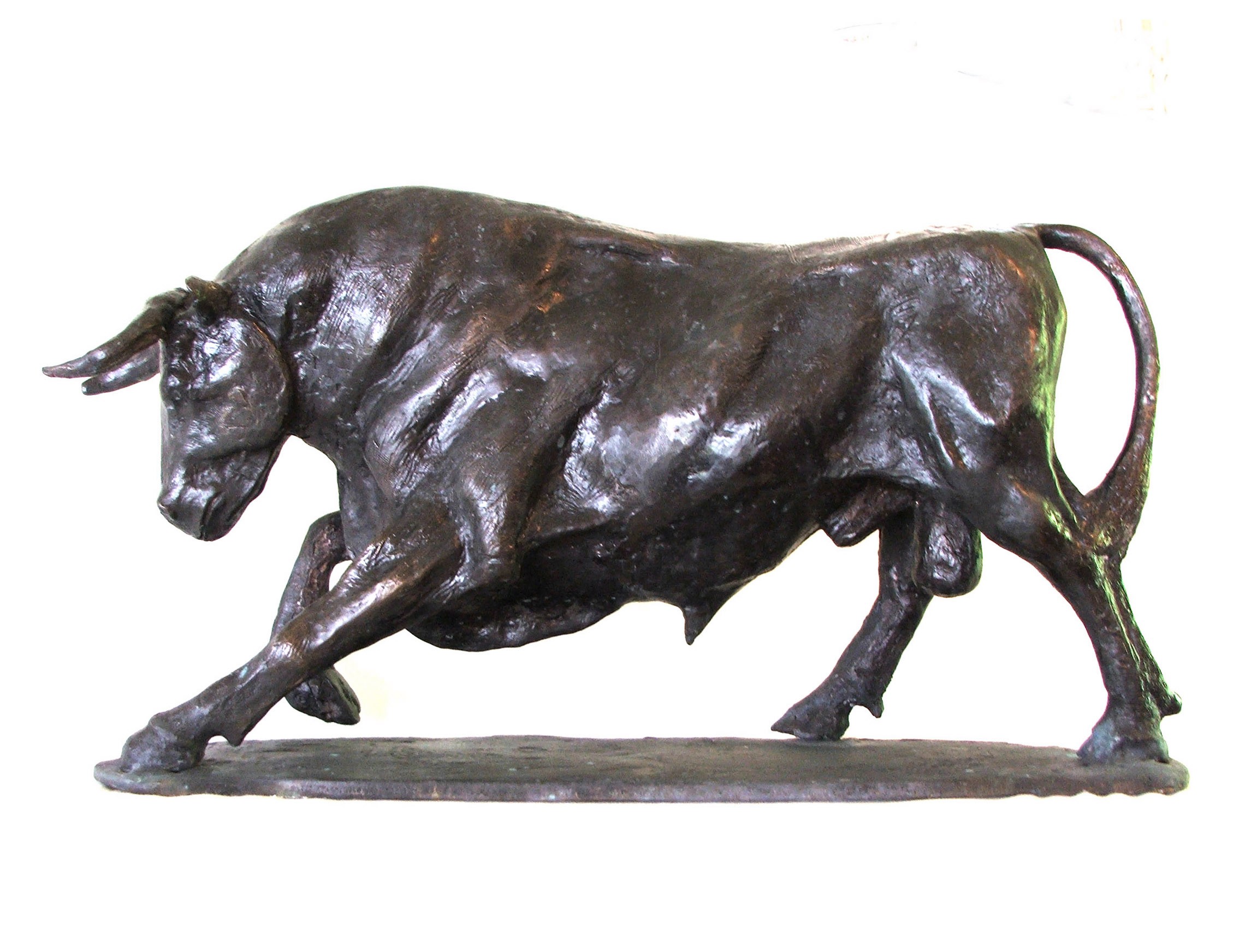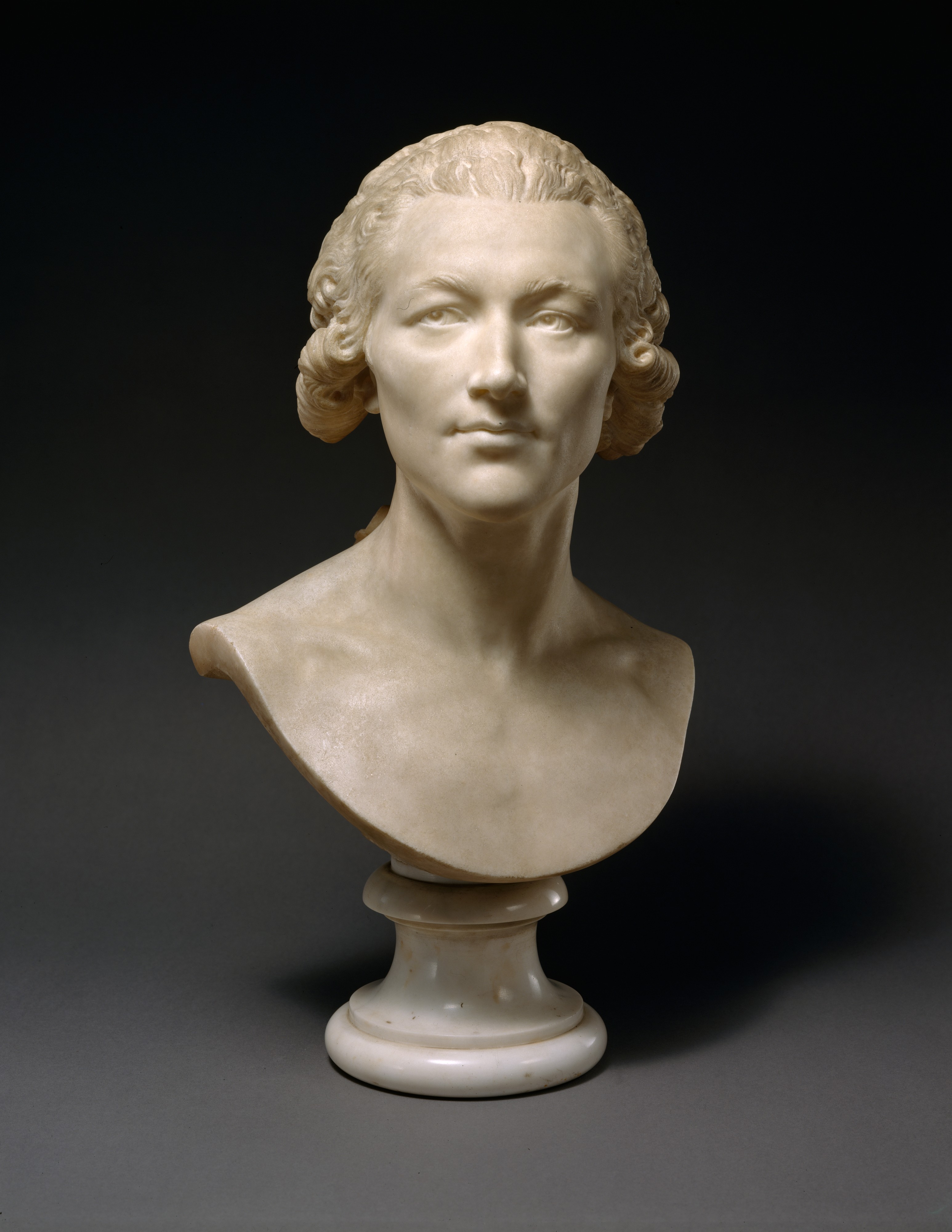The Evolution of Sculptures: From Ancient to Modern
The Evolution of Sculptures: From Ancient to Modern.
Sculpture, among the oldest kinds of art, has been an integral component of human civilization for millennia (Robert C Hitchcock Sculptor). From the ancient worlds of Egypt and Greece to the modern period, sculptures have evolved, reflecting modifications in creative techniques, materials, and social impacts. This journey via time traces the advancement of sculptures, checking out the changes in vogue, subject matter, and artistic expression
Beginning with the old world, sculptures crafted from stone and later bronze caught the essence of deities, rulers, and everyday life. The Renaissance duration saw a rebirth of classical sculpting strategies, as musicians looked for to mimic the graceful forms of ancient Greek and Roman sculptures. In the modern-day age, musicians challenged traditional limits, embracing abstraction and experimentation with new materials.

This expedition will explore the varied development of sculptures, disclosing the abundant tapestry of imaginative expression throughout different durations and cultures.
Ancient Sculptures: From Rock to Bronze
Old sculptures transitioned from being sculpted out of rock to being cast in bronze. Rock sculptures, while impressive in their very own right, were limited by the nature of the product.
The introduction of bronze as a medium for sculptures caused a change in artistic expression. Bronze supplied carvers the possibility to create intricate and realistic kinds that were not feasible with stone. The procedure of casting bronze permitted the production of multiple duplicates of a sculpture, allowing wider distribution and conservation of these creative work of arts.
The shift from stone to bronze likewise saw a change in the subject matter of sculptures. While stone sculptures mostly illustrated gods, goddesses, and mythological numbers, bronze sculptures started to show a broader variety of subjects, consisting of daily people and animals. This development of subject issue showcased the adaptability and flexibility of the bronze medium.
Renaissance Resurgence: Shaping in the Classic Design
The Renaissance revival of sculpture witnessed a resurgence in the classical design, structure upon the advancements made during the shift from rock to bronze in ancient sculptures. During this duration, artists sought to recreate the timeless visual and suitables of charm that were prevalent in old Greek and Roman sculptures.
One of the essential qualities of the Renaissance revival was the focus on naturalism and the human kind. Sculptors like Donatello and Michelangelo make every effort to record the anatomical information and expressions of their subjects with unmatched precision. They examined the human body and integrated their observations right into their sculptures, causing natural and practical representations.
An additional important facet of the Renaissance resurgence was the exploration of perspective and deepness. Musicians utilized techniques such as contrapposto, where the weight of the body is changed to one side, developing a feeling of movement and dynamism. They also explore different materials, consisting of marble and bronze, to attain a degree of refinement and complexity in their sculptures.
The classical design of the Renaissance revival had a profound impact on later durations of art, working as a foundation for the advancement of Western sculpture. It brought a renewed gratitude for the elegance and majesty of the human form, and its heritage can still be seen in contemporary sculptures today.
Modernism and the Avant-Garde: Breaking Typical Limits

One of the key characteristics of modernist sculpture was the emphasis on abstraction. Sculptors moved far from reasonable depictions and rather focused on catching the significance of the subject through simplified forms and geometric forms. This separation from traditional depiction enabled artists to express their feelings and concepts in a more individual and subjective way.
Moreover, the progressive movement challenged societal norms and conventions, motivating musicians to experiment and press the limits of their art - Portrait Sculptor. Artists started incorporating unconventional products such as found items, commercial products, and even all-natural aspects into their job. This exploration of brand-new products and techniques not just increased the possibilities for sculpture however likewise challenged the traditional notions of what might be taken into consideration art
Contemporary Sculptures: Exploring New Products and Concepts
With a concentrate on checking out brand-new products and ideas, modern sculptures have actually revolutionized the area of art. Artists today are pressing the borders of traditional sculpture by using cutting-edge products and experimenting with abstract principles. These sculptures test traditional notions of form, materiality, and definition, welcoming viewers to involve in a thought-provoking and brand-new imaginative experience.
Contemporary carvers are look at this web-site embracing a wide variety of products, consisting of plastic, glass, steel, and even raw material. Contemporary Sculptures. They are not limited to the typical medium of rock or clay, enabling higher flexibility of expression and experimentation. This change in the direction of unique materials has opened brand-new possibilities for musicians to produce sculptures that are vibrant, interactive, and visually striking
Along with discovering new products, modern sculptures also delve right into facility and abstract ideas. Musicians are currently exploring styles such as identity, social problems, and the atmosphere, using sculpture as a powerful medium for social commentary and self-questioning. These sculptures challenge viewers to think critically and engage with art on a deeper level, stimulating conversations and prompting emotional reactions.
Global Impacts: Sculptural Traditions From Around the World

In old Egypt, sculptures were created largely for spiritual and funerary functions. The renowned sculptures of pharaohs and gods, such as the Great Sphinx and the breast of Queen Nefertiti, showcase the Egyptians' proficiency of stone sculpting and their idea in the immortality.
In ancient Greece, sculpture reached its optimal during the classic period. Influenced by the perfects of harmony, elegance, and proportion, Greek sculptures emphasized the human kind and commemorated the accomplishments of heroes, professional athletes, and gods. The well-known sculptures of Aphrodite of Knidos and the Discobolus exemplify the Greeks' quest of excellence in sculptural art.
In ancient Rome, sculpture served both artistic and political purposes. Equine Sculptures. Roman sculptures usually portrayed emperors, generals, and mythological figures, showing the power and magnificence of the empire. The marble sculpture of Augustus of Prima Porta and the monumental Arc of Constantine are noteworthy examples of Roman sculptural achievements
Eastern sculptural practices, specifically in India, China, and Japan, have likewise had a profound effect on the development of sculptures. Indian sculptures, such as the intricately carved temples of Khajuraho and the colossal statues of Buddha, show an abundant blend of religious, mythological, and architectural aspects. Chinese sculptures, defined by their fine workmanship and attention to information, typically portray divine beings, animals, and epic figures. Japanese sculptures, affected by Buddhism, emphasize simpleness and tranquility, seen in the calm statuaries of Buddha and the classy art of bonsai.
The worldwide influences on sculpture continue to evolve in the contemporary era. Musicians today attract ideas from various sculptural traditions, integrating brand-new products, techniques, and ideas to develop provocative and innovative artworks. The combination of different social impacts has actually generated a varied and dynamic sculptural landscape, mirroring the interconnectedness of our global culture. As we want to the future, it is certain that the worldwide impacts on sculpture will certainly remain to form and redefine this ancient art type.
Verdict
In verdict, the evolution of sculptures has seen a change from ancient rock and bronze works to the classic resurgence during the Renaissance. This was complied with by the splitting of standard borders with modernism and the avant-garde motion. Today, modern sculptures check out brand-new products and ideas, while likewise drawing motivation from worldwide sculptural customs. The trip of sculptures shows the ever-changing artistic expressions and social influences throughout background.
From the old human beings of Egypt and Greece to the modern era, sculptures have actually developed, mirroring changes in artistic methods, products, and cultural impacts.Starting with the ancient world, sculptures crafted from rock and later on bronze caught the significance of divine beings, rulers, and day-to-day life.Ancient sculptures transitioned from being carved out of rock to being cast in bronze. While rock sculptures primarily depicted gods, sirens, and mythological numbers, bronze sculptures started to mirror a broader range of topics, consisting of everyday individuals and animals.In final thought, the development of sculptures has seen a change from ancient rock and bronze works to the timeless rebirth throughout the Renaissance.